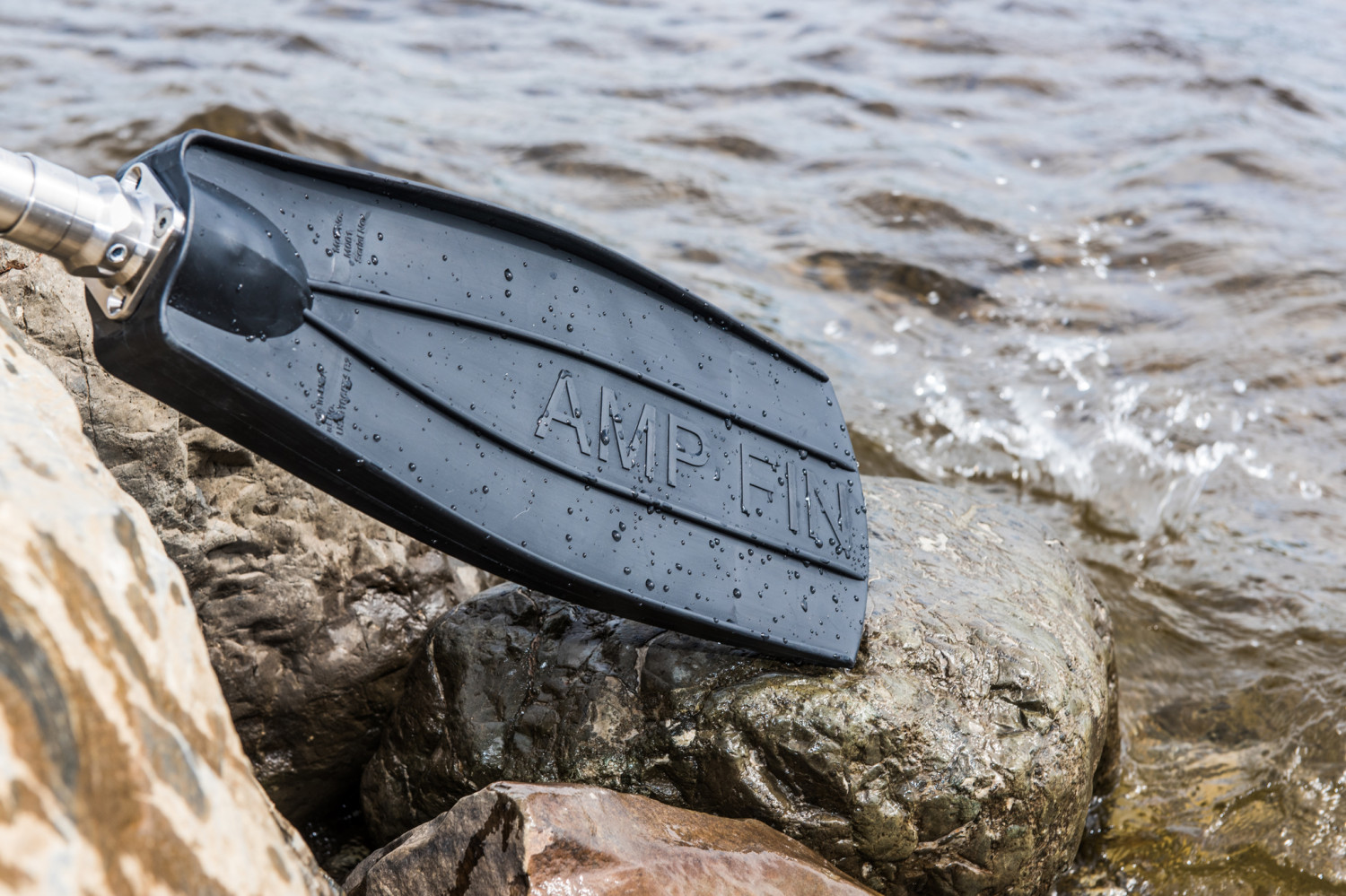

FOR PROFESSIONALS
CLINICAL INFORMATION
The AMP Fin™ team is currently working in collaboration with several Veteran Affairs clinics in the United States to developed clinical trials. Our goal is to scientifically show the benefits that users receive from using the AMP Fin™ on a regular basis. It is our hypothesis that the AMP Fin™ will prove to be a fantastic tool for amputees to improve their residual limb strength, endurance and overall health. If you or someone you know would like to be a part of these trials, please contact our team for possible availabilities.
PROSTHETIST RESPONSIBILITIES
It will be up to users to schedule appointments with their prosthetists to discuss which style AMP Fin™ would work best for their presentation. If a custom molded fin is decided upon, a snug circumferential mold will need to be taken. We ask that no pressures (pretibial or otherwise) be placed on the residuum during the casting process. The traditional bony landmarks as well as orientational (anterior/medial) marks should be placed on the mold. Please do not hesitate to contact us should you have any questions.
order-form

Order Form
Thank you for your interest in AMP Fin™ swim and dive fins-pediatric fins are now available. All orders must be processed through a prosthetist for casting and proper custom fit.
There are three types of negative molds that are acceptable:
Plaster or fiberglass mold
Well-fitting test socket
Pre-pulled Keasey Cone at full length (do not cut to trim lines, leave cone full length)
BK CASTING PROCEDURE
The casting procedure is much like that performed for a prosthetics mold with only a few modifications
The mold must be taken with the knee in full extension.
Molding should be applied with moderate tension in a circumferential wrap style.
NO pressure should be applied to the molding material during the curing process.
Mold should be taken up to the proximal patella.
Orientation marks should be placed to represent Anterior/Posterior and Medial/Lateral.
Providing a standard measurement form will also be helpful.
Any areas with low pressure tolerances should be marked and noted on the mold.
AK CASTING PROCEDURE
The casting procedure is much like that performed for a prosthetics mold with only a few modifications.
Patient should be casted supine and at full extension.
Molding material should be applied with moderate tension in a circumferential wraps style.
NO pressure should be applied to the mold during the curing process.
The proximal mold should end at the perineum.
Orientation marks should be placed to represent Anterior/Posterior and Medial/Lateral.
Providing a standard measurement form will also be helpful.
Any areas with low pressure tolerances should be marked and noted on the mold.